
Tiny jeans pockets
The first generation of blue jeans actually only had four pockets: one in the back, one in the front, and two of those small ones on the front. When people first began wearing jeans, the tiny pocket was made to hold pocket watches, says the Levi Strauss blog. Now that we can check the time on our smartphones, we need much bigger pockets!
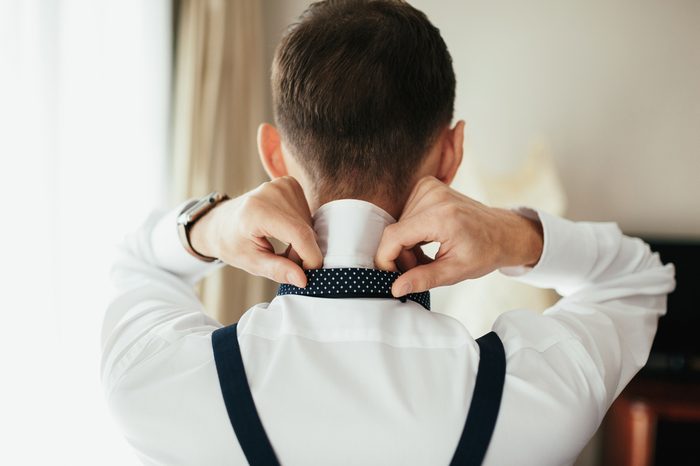
Button-down shirt loops
When men wear ties with a button-down shirt, the tie goes underneath the collar. But right below the collar on the back of the shirt is a small loop that often goes untouched. What’s the point of that? In the 1960s, the menswear brand, GANT, called them “locker loops.” As a part of Ivy League college culture, students used the loops to hang their shirts in their lockers and keep them wrinkle-free. If your button-down shirt is one of your favorite items in your closet, remember these tips on how to make your clothing last longer.

The first necktie
Speaking of ties, the first time men began dressing up with a neck accessory was in the 17th century. King Louis XIV was inspired by the uniform of Croatian soldiers and had the French army wear them as an official emblem. Soon enough, it was a symbol across Europe for upper-class men.
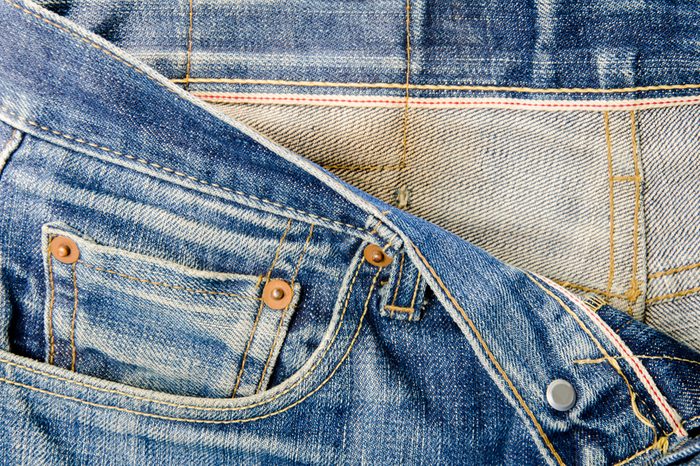
Jean pocket studs
There’s a purpose for the little studs around your jean pockets. Back in the 19th century, it was mostly workingmen who wore jeans. After a long day and extended wear, jeans would rip in the corners of the back pockets. That’s when a Latvian immigrant, Jacob Davis, partnered with Levi to use rivets to strengthen pockets on jeans. Though these little pieces serve a good purpose, these are 11 ways that your clothes are secretly killing you.
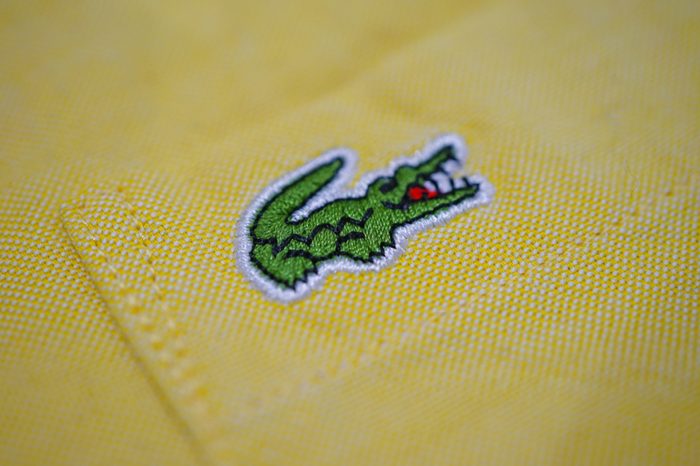
The first athletic logo
There’s nothing like the swoosh of that famous check mark by Nike to make you feel like you’re a real athlete. But in fact, the first designer sports logo is the little crocodile on every Lacoste polo shirt. One of the top tennis players in the world, Frenchman René Lacoste, had the nickname “crocodile,” and embroidered a sketch of the animal on his blazer. After retiring from the sport, he started his company and Lacoste was branded as “the status symbol of the competent sportsman.”
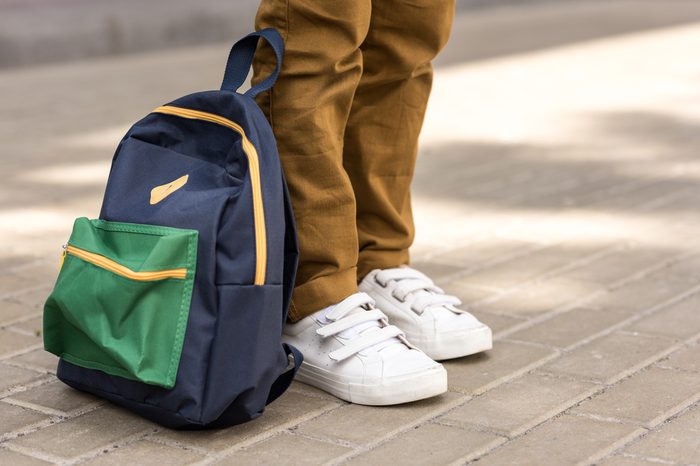
The patch on your backpack
Patchwork looks cool on jeans and bags, but they serve a bigger purpose than just being trendy. The small leather diamond on backpacks is called a “lash tab” or “pig snout,” and it’s meant for you to string items through it so they hang off your back. Hang a pair of shoes or latch on a reusable water bottle.

YKK Zippers
About half of all the zippers on Earth have the letters “YKK” on them. YKK stands for Yoshida Kogyo Kabushikikaisha, a zipper company founded in Tokyo in 1934. Today, the company makes more than 7 billion zippers each year. Next time you’re getting dressed, double check your pants zipper; first to make sure your fly isn’t down, and second, to see if you’re wearing one of the most popular zipper brands.
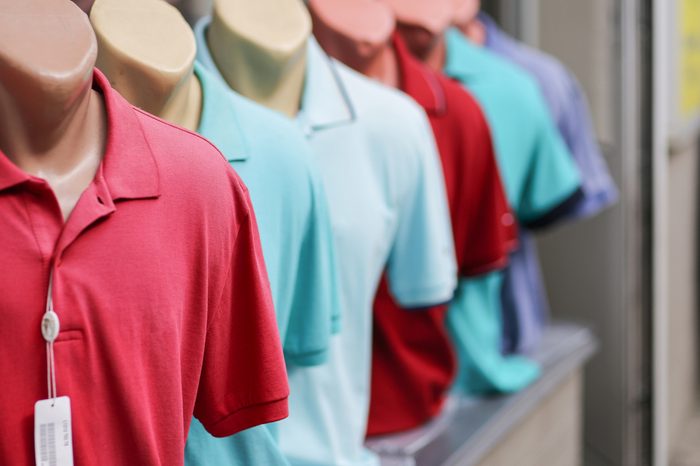
Button-down collars
While polo players in England were riding around on their horses, the flapping of their collar was distracting to the audience and got in the way. That’s when the button-down collar, on what is typically called a polo shirt, was created. Shirts without that button shouldn’t be called a button-down; they’re known as button-front shirts. And that’s not to be confused with the collared shirts that tennis players used to wear—those didn’t have a button-down collar.

Buttons on men and women’s shirts
The Renaissance and Victorian Eras created a precedence for how men and women’s clothing were made. Women often wore elaborate pieces like corsets, which meant that women needed help to get dressed. One theory as to why you find women’s buttons on the left and men’s buttons on the right is because designers may have begun creating women’s clothes with buttons on the opposite side of men’s clothing so that servants had an easier time dressing ladies. Still to this day, women button up their clothes from the left and men button their clothes on the right. Next, find out the hidden meaning of these everyday objects.